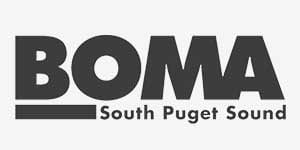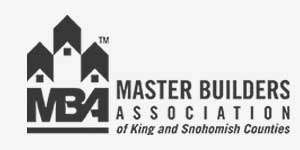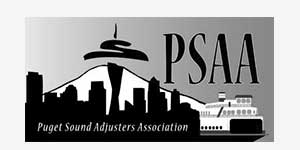Get the Facts About Asbestos
Below are some common questions regarding asbestos and the testing and removal process. If you have questions about asbestos, asbestos-containing materials, health effects related to exposure, or any other related questions we may not have covered in these FAQs, please feel free to reach out to us! We are here to help.
Asbestos is a group of six naturally occurring fibrous materials composed of thin, needle-like fibers. It is a naturally occurring material that resists exposure to fire, sound, water, and chemicals. It is composed of millions of fibers, which bind together to create a light yet virtually indestructible material. Although asbestos strengthens and fireproofs materials, it is banned in many countries. Asbestos is not banned in the U.S.
What You Get with RSG
Honest & Fair Pricing
Quick Scheduling
Fast Results
Licensed & Bonded Crew
Complete Cleanup
Satisfaction Guarantee












